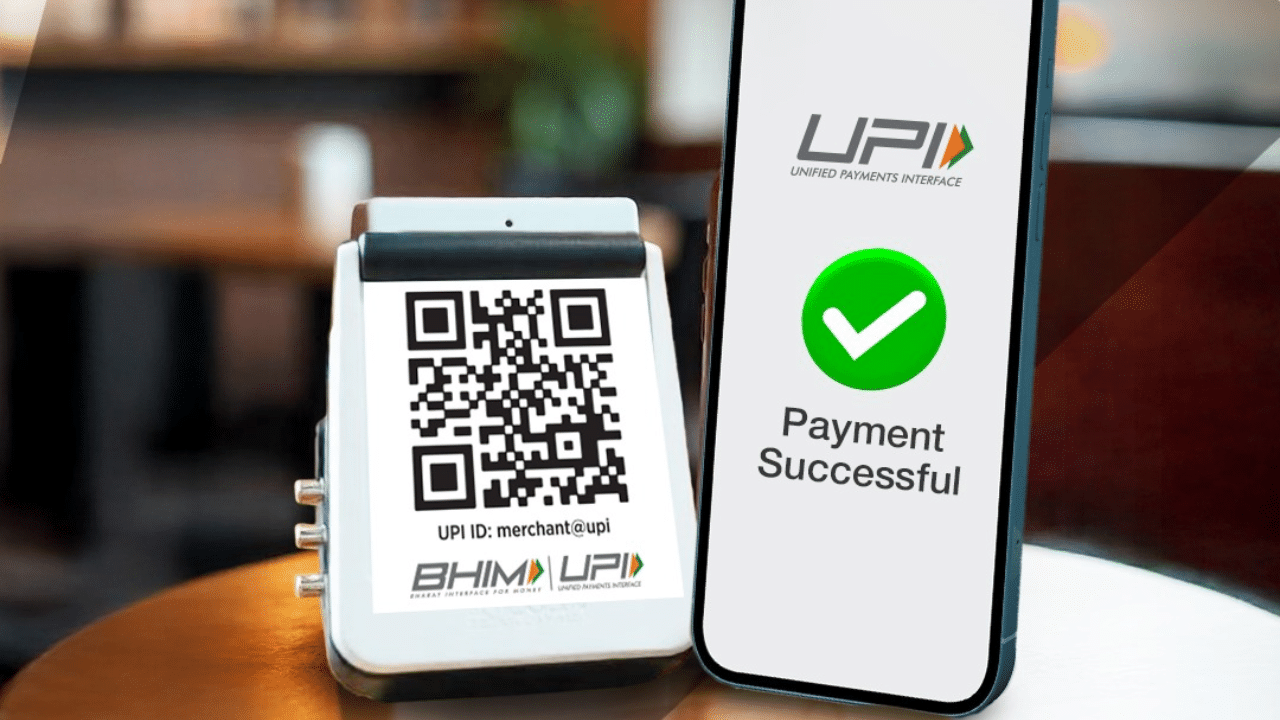New Delhi: India has become a world leader in digital payments, with its Unified Payments Interface (UPI) accounting for almost half of the global real-time payments. UPI alone had 18.39 billion transactions in June 2025, worth Rs 24.03 lakh crore, which is a 32 per cent year-on-year increase. Having been introduced in 2016 by the National Payments Corporation of India (NPCI), the platform has transformed the way money moves in the country, safely, in real-time, and at low costs.
UPI now has 491 million people and 65 million merchants; 675 banks are connected to its network. The Press Information Bureau (PIB) accounts for 85 per cent of all digital payments in India. Fast growth and ease of use have been contributing to making India a digital-first economy with a strong government backing and digital infrastructure.
UPI dominates Global Payment space!
India’s UPI is now the World’s 1 real-time payment system. It enables 85% of all digital transactions in India and powers nearly 50% of global digital payments.#UPI #NewIndia #IndianEconomy pic.twitter.com/cqb2j3T3Y1
— MyGovIndia (@mygovindia) July 14, 2025
Why UPI changed everything
Most payment applications prior to UPI were siloed. UPI provided the concept of interoperability, where users could transfer money across platforms and banks on the same protocol.
- Transfer/receive money 24×7 with just a UPI ID.
- Connect several bank accounts in a single application.
- Do not share bank account information that is confidential.
- Simple QR payments in stores, deliveries and services
- Track complaints and deal with matters in the app
Millions of people have substituted cash and card payments with this smooth system. UPI provides zero-cost or low-cost payment-accepting solutions to small businesses, particularly in semi-urban and rural locations.
The Digital Infrastructure behind UPI’s success
The success of UPI lies in the digital infrastructure drive in India:
- Jan Dhan Yojana: More than 55.83 crore accounts opened to bring financial inclusion
- Aadhaar: 142 crore+ unique IDs to facilitate safe verification of digital identity
- 5G and Connectivity: 5G base stations enable low-cost data access: 4.74 lakhs of 5G base stations are deployed.
- Mobile Penetration: 116 crores mobile subscribers by 2025
These programmes laid the basis of a cashless and convenient payment environment. According to the International Monetary Fund (IMF), UPI has become the most utilised real-time payment system in the world.
UPI’s Global expansion
UPI is not a success story of India anymore. It is live in seven countries:
UAE, Singapore, Bhutan, Nepal, Sri Lanka, France and Mauritius
Its entry into France was the first entry of UPI in Europe, and this enabled the Indian travellers and residents to make payments without the need of exchanging the currency. India is also promoting the use of UPI in BRICS countries and six other new countries that are members.
A model for the World
The digital payments jump in India was not by chance but strategic. Financial inclusion, mobile reach, and regulatory support all collaborated to turn UPI into a reliable and universally used medium. PIB suggests that the increasing popularity is the clearest indication that India is gradually shifting towards a cashless economy that is being driven by technology, pace and trust.
UPI is an example to the world of inclusive and scalable digital payment systems, and it will continue to rise as the world keeps an eye on it.
